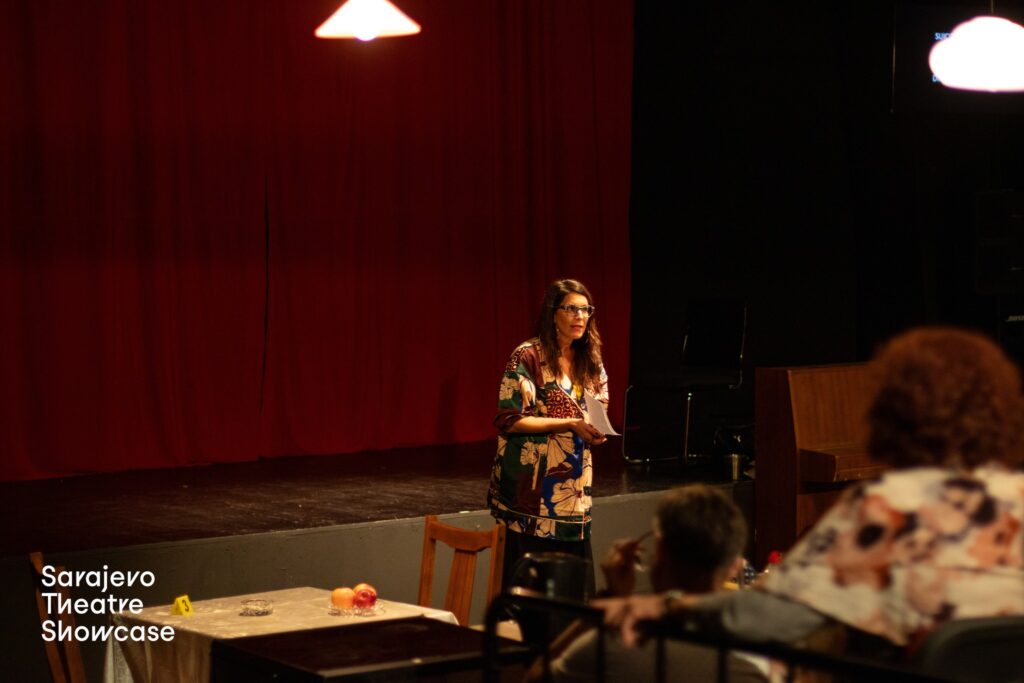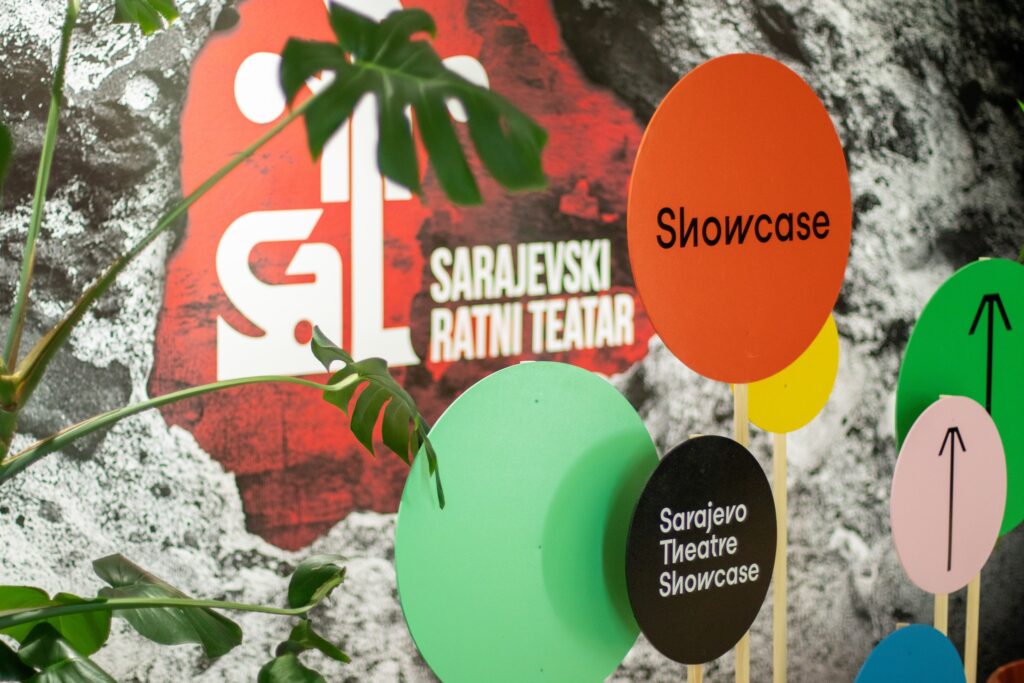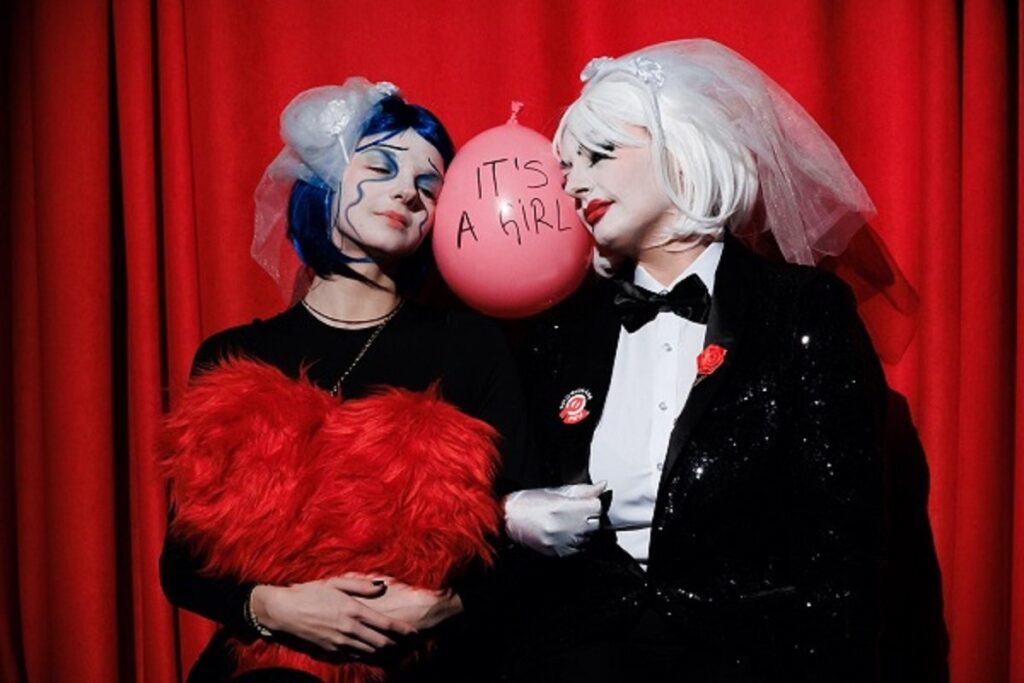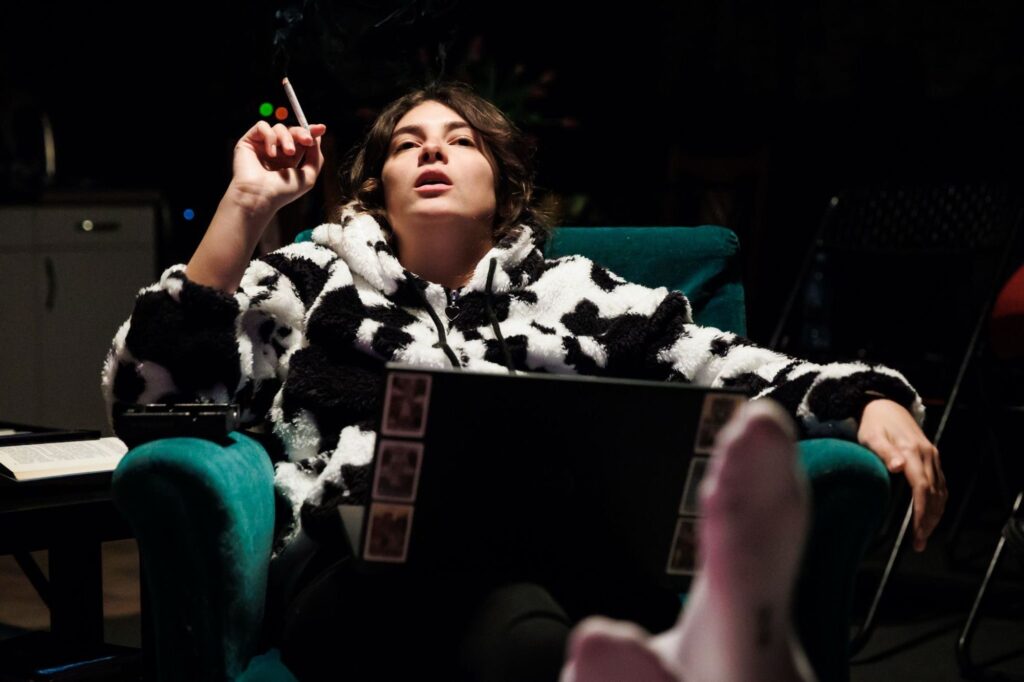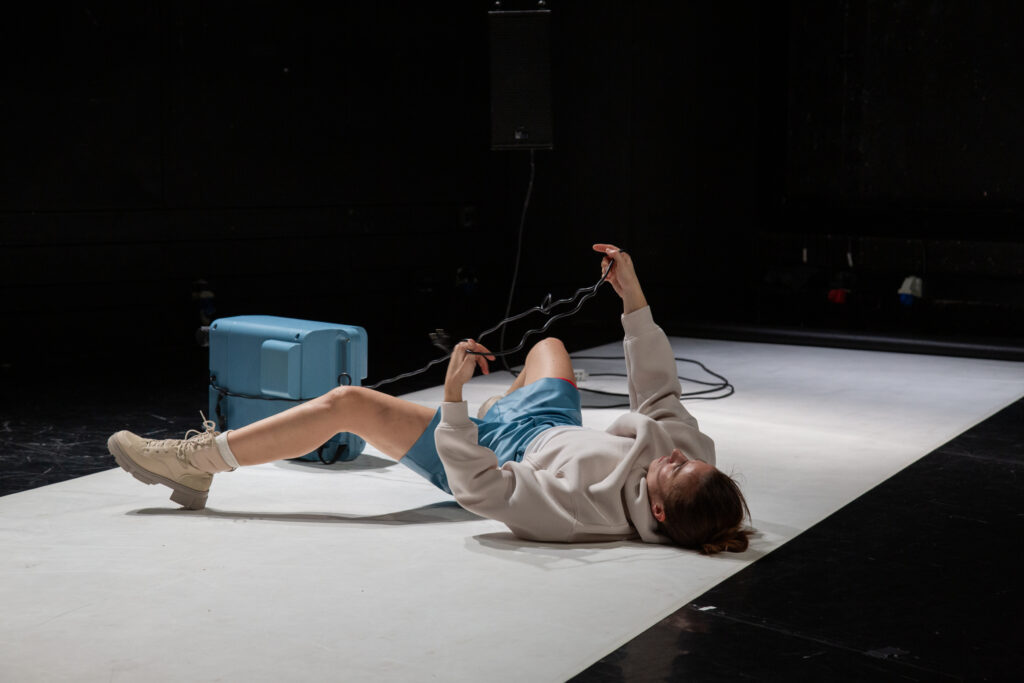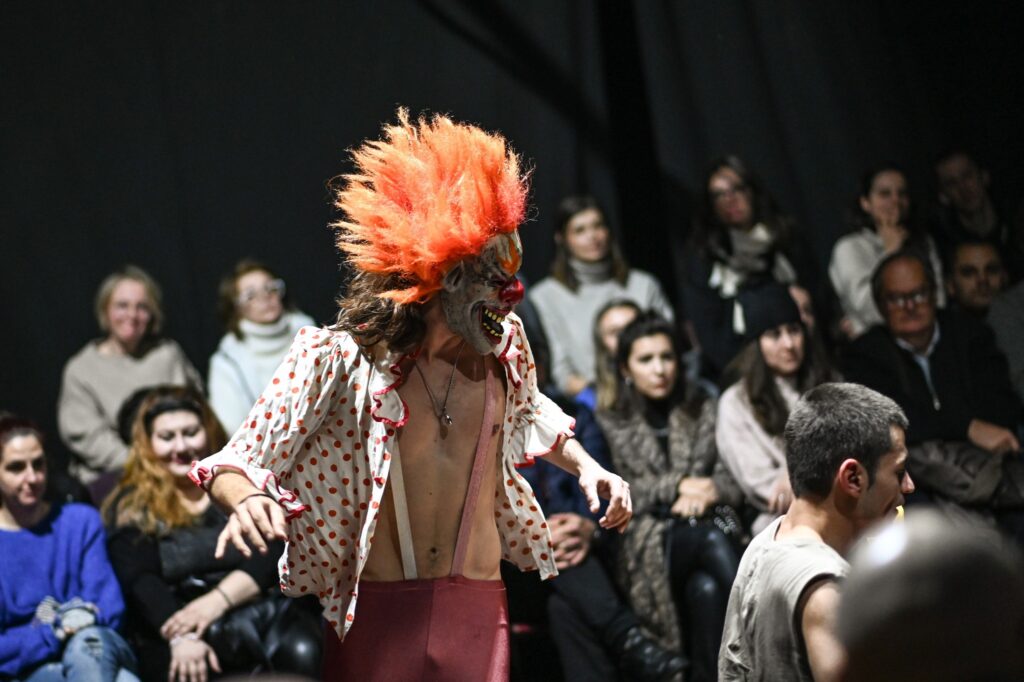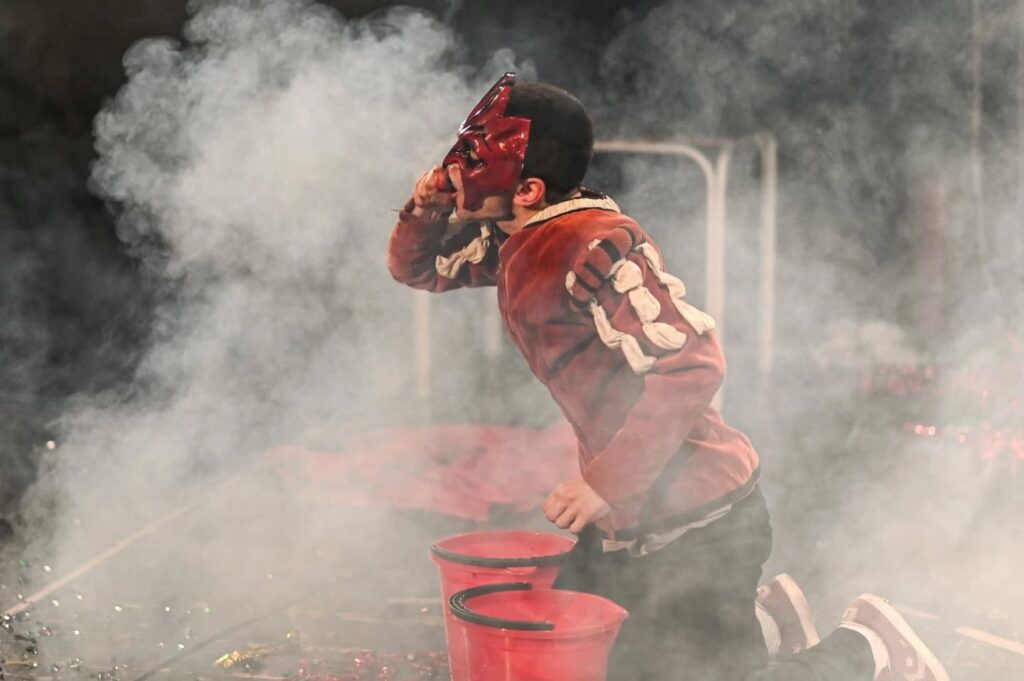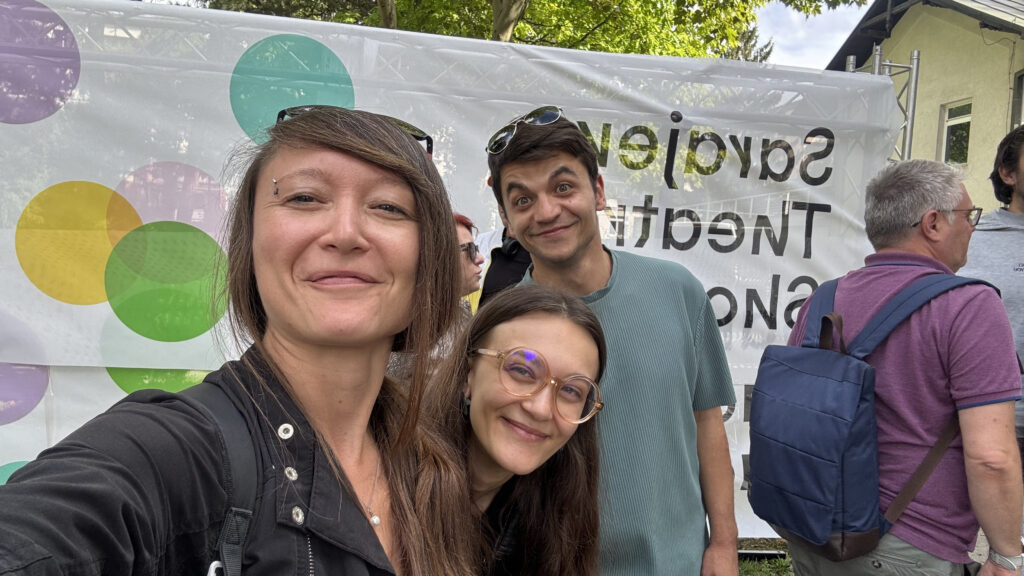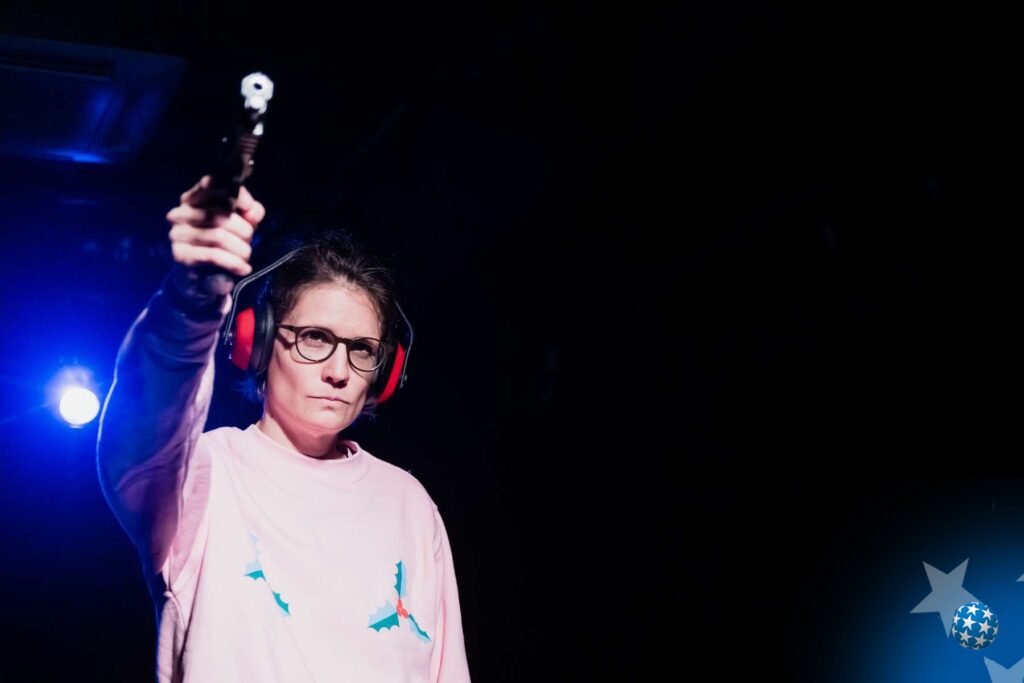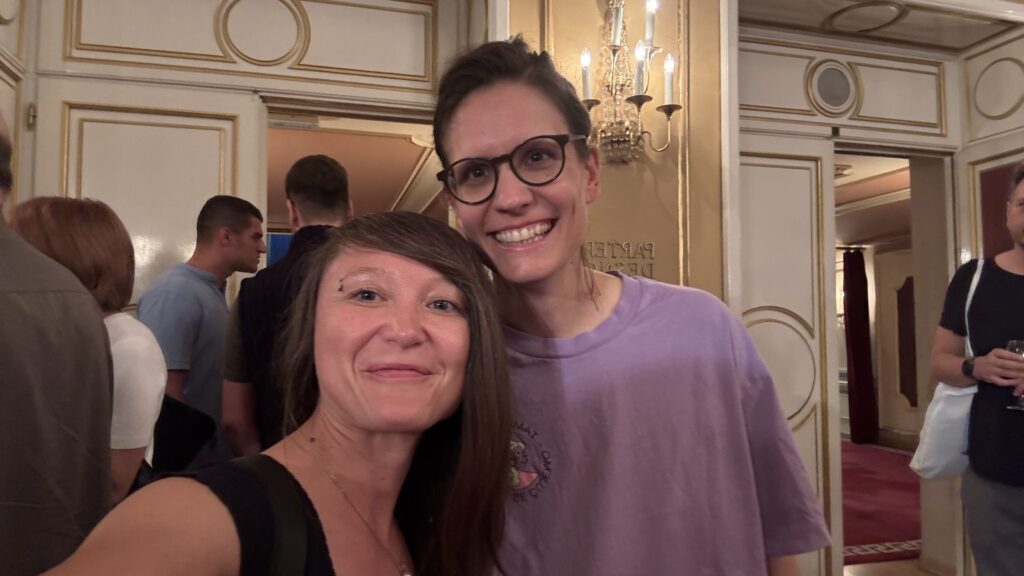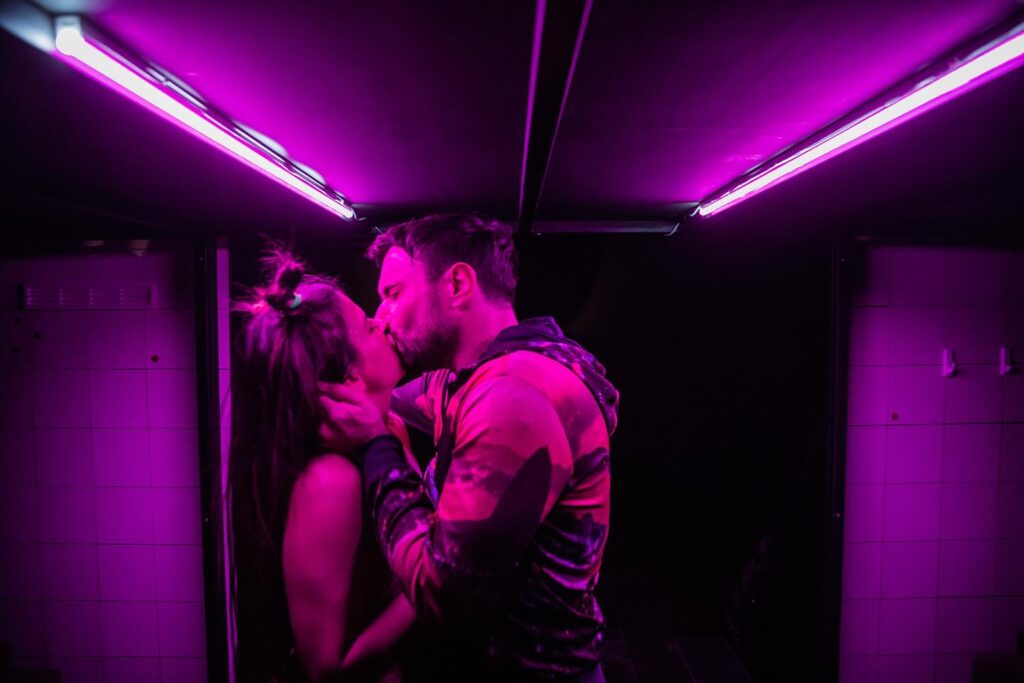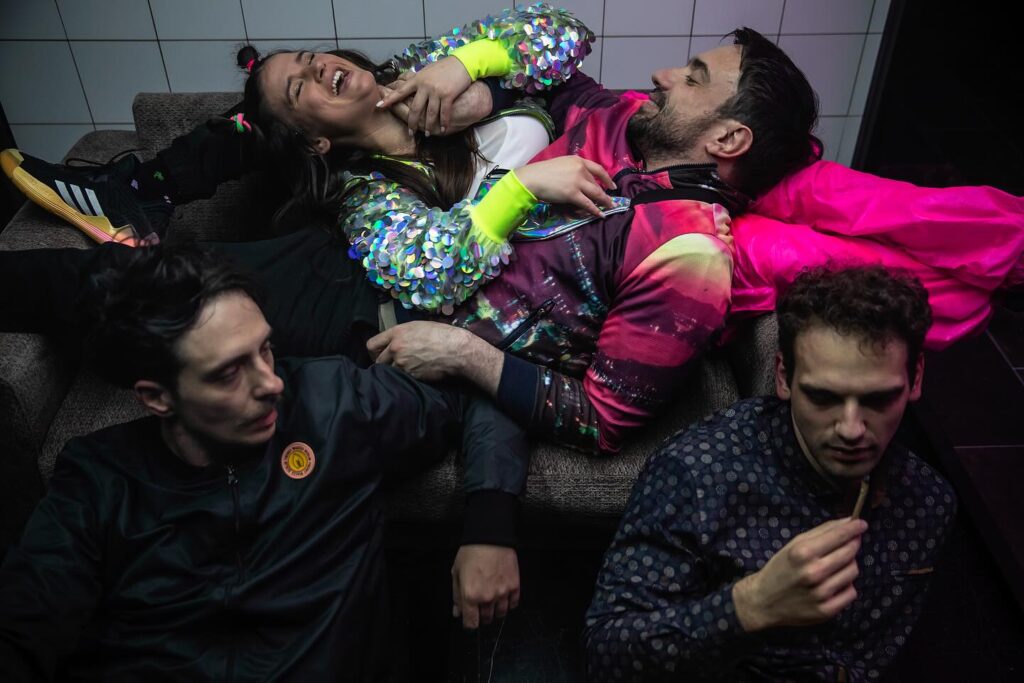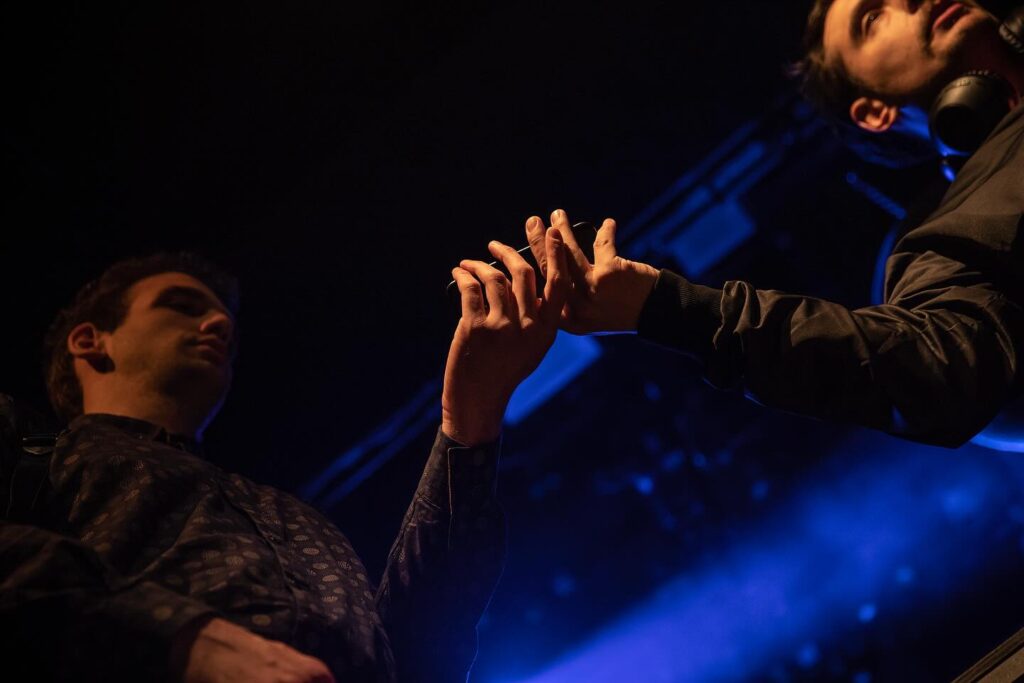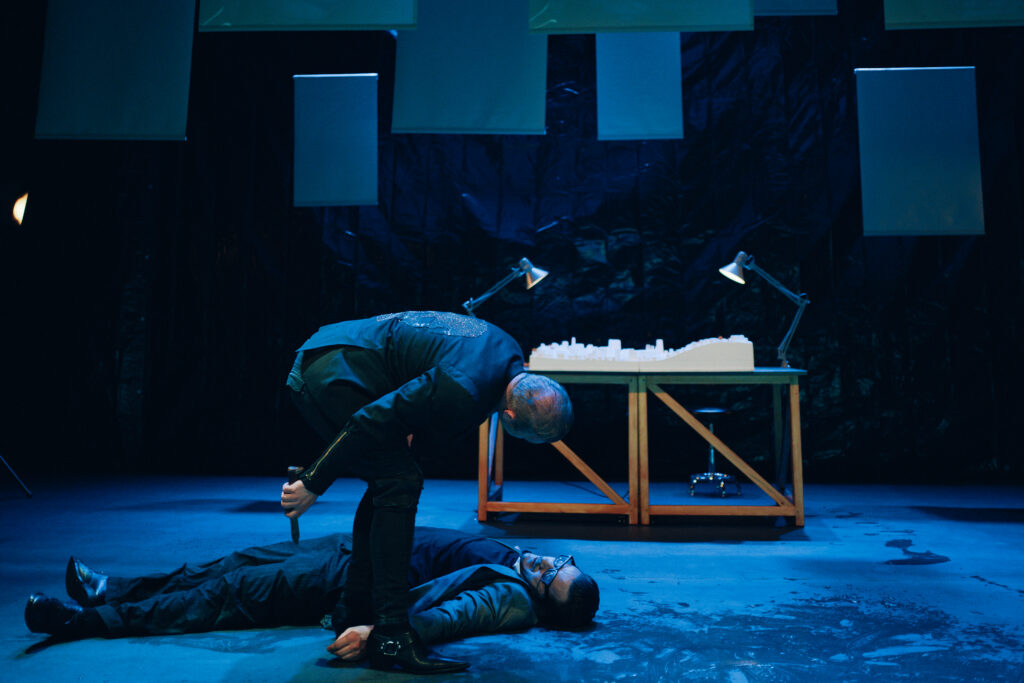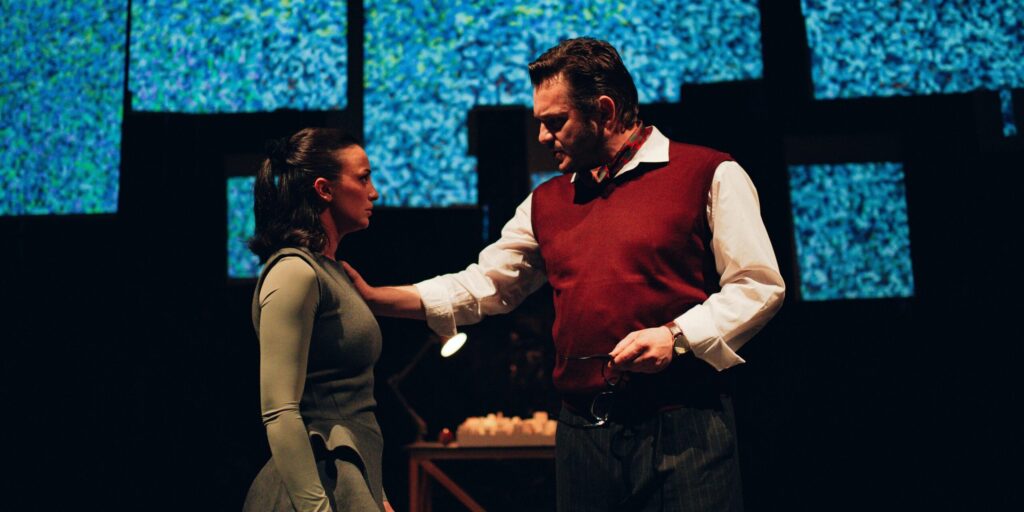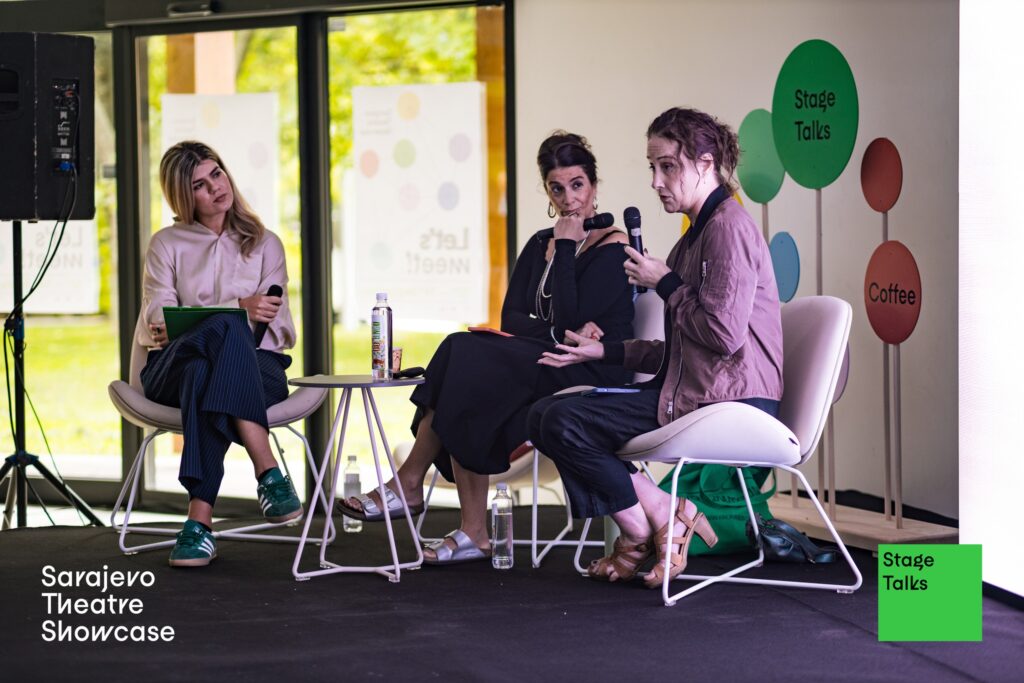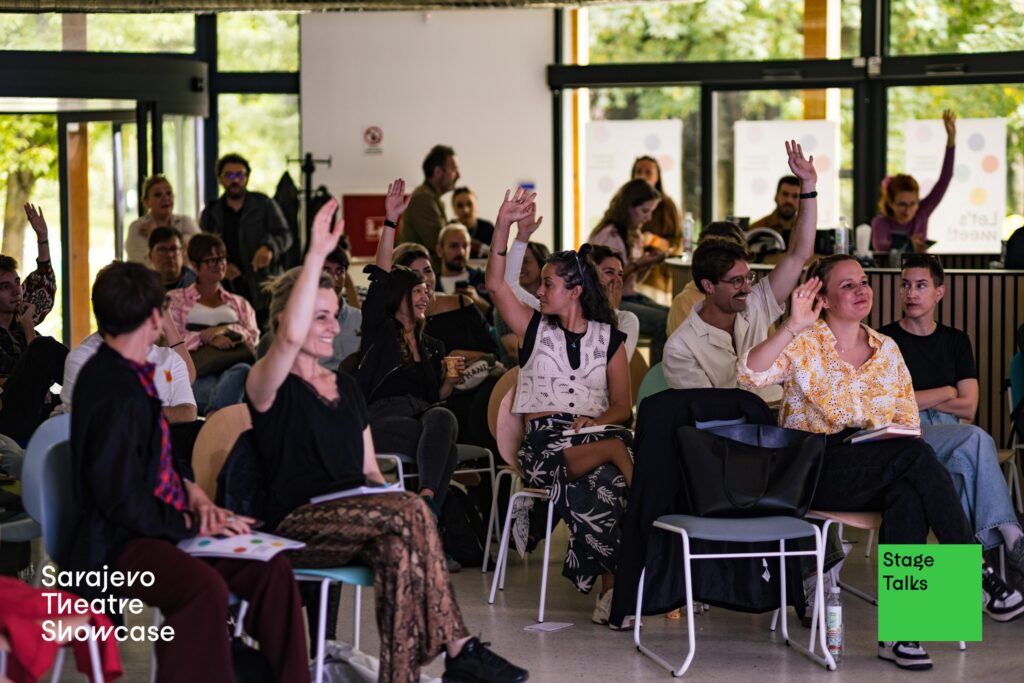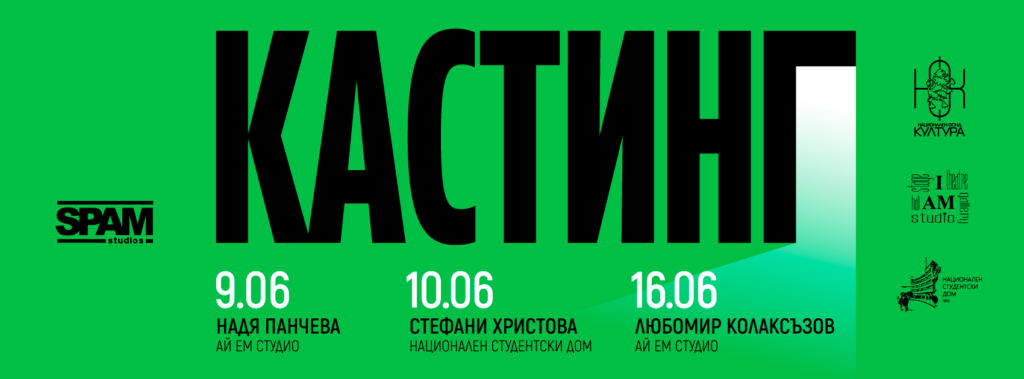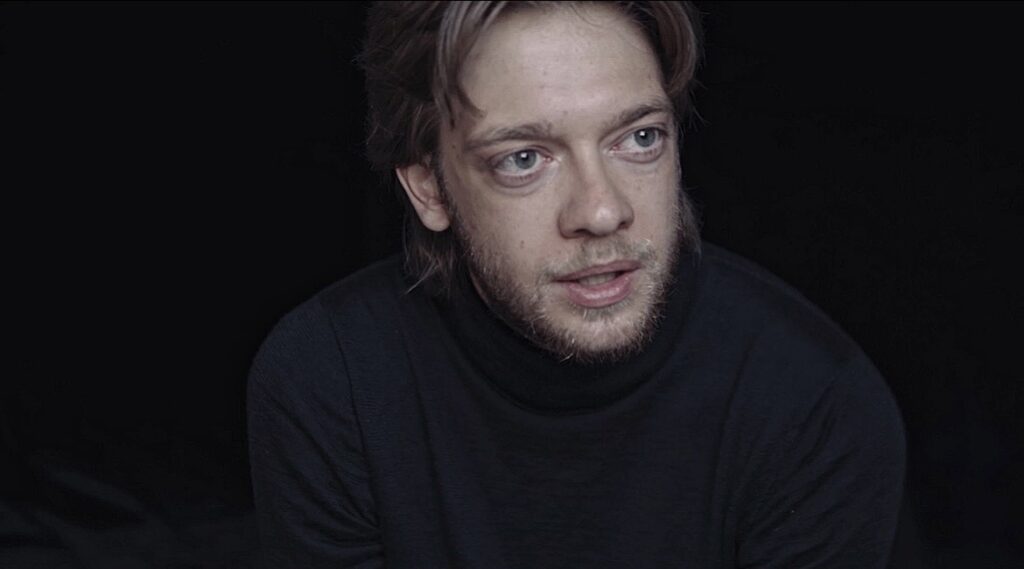The first edition of the Sarajevo Theatre Showcase brought together artists and bold performances from the region.
Sarajevo is a city that at every turn reminds one of its history and the complexity of cultural influences. At the same time, it carries a spirit of cultural openness, attracting artists from around the world. Its cultural calendar is full of festivals, and this year, the Sarajevo Theatre Showcase joined them – an event that brought together contemporary productions from Serbia, Bosnia and Herzegovina, Slovenia, Croatia, North Macedonia, and Kosovo.
And indeed, is there a better way to bring together nations in the heart of a country marked by divisions?
All of this is thanks to the vision of the organizers. Their initiative affirms contemporary theatre aesthetics – including the independent sector – as a vital part of the broader cultural ecosystem of the Balkans, demonstrating how collaboration and boldness can establish new standards for the performing arts.
While in Bulgaria the independent sector continues to struggle for recognition and culture often remains undervalued, just two borders away, significant theatre organizations – both independent and institutional – join forces to present the best of contemporary theatre in the region.
With a clearly articulated need for professional growth, the initiative demonstrates a conscious approach and purposeful actions that build a new level of theatre scene and identity in the region.
In this sense, the Sarajevo War Theatre SARTR (BiH), Heartefakt (Serbia), Theatre Ulysses (Croatia), PARA Film & Theater (Norway), Binario Vivo (Italy), and Realstage (BiH) are laying the foundation for the next stage of creative maturity and the consolidation of their artistic identity – which is, after all, the essence of any true development.
Of course, this level of awareness stems from the region’s rich theatrical background, which manifested in a bold and contemporary theatrical language – and ‘bold’ is perhaps the most accurate word to describe the aesthetics within the program. So, when discussing the performances, I will focus on boldness as a key aspect, linked to the artists’ willingness to take risks and assert themselves. This was further supported by the performers’ personal motivation, evident in every form and aspect. In this regard, the curators demonstrated professionalism – they succeeded in bringing together diverse aesthetics around a focus on the personal, creating a strong sense of unity and identity for the showcase.
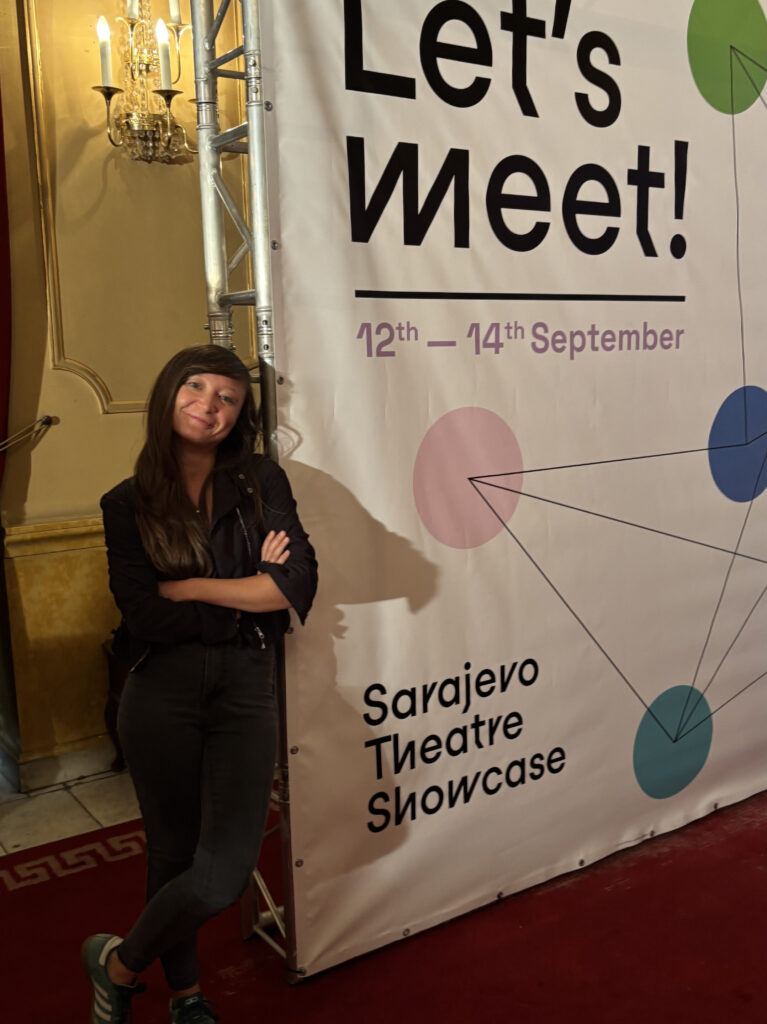
From the very first evening, the production by BITEF Theatre, Suicide as a (Social) Fact, set the tone for the showcase – a performance that demonstrated boldness as a true theatrical category. With its authentic language, the play blurred the line between theatre and personal confession, bringing the topic of suicide into the Serbian context, where opportunities for artists to realize themselves often prove limited.
The performance provoked extreme reactions due to its dramaturgy, whose imperfections are hard to overlook. For me, however, it was precisely the lack of logic and the absurdity with which the second, cabaret-style part overwhelmed the audience that paradoxically fit into the first, more conventional part filled with silence. If we consider suicide as a loss of meaning, then this fragmented structure arguably reinforced the theme rather than weakened it.
The concept, direction, scenography, and costumes are the work of Ana Yanković.
The second evening was dedicated to Тhe Machine from Slovenia – a movement-based performance exploring the transformation of the human being into a machine, subjected to the system and struggling to survive. The central image – the oxygen machine that performer Bojana Robinson needs to sustain her daughter’s life – becomes a powerful metaphor for both social and personal struggle against the system. The performance impressed with its minimalism and focus, where everything was reduced to the precise body that visibly mechanized itself. And yet, I was left with the question of whether the addition of emotion might have made the presence more palpable and the impact deeper.
On the same evening, Hinkemann by Ernst Toller was also presented – a production by the independent theatre Golden Yelets from North Macedonia, directed by the young Tamara Stojanoska. The performance offered energetic acting which, although at the expense of pacing, conveyed in a direct manner the story of the marginalized individual and the political manipulators exploiting their suffering.
The strength of the performance was also enhanced by the personal context of the performers – independent and ambitious, struggling for their place on a highly politicized stage in North Macedonia.
This was precisely what gave the production its special charm – it was alive and authentic, with a steady yet powerful presence of the story, supported by the actors’ emotive performances.
This Is My Truth, Tell Me Yours is an original project by writer and playwright Jasna Žmak, distinguished by its intimacy and directness. Drawing from her personal experience – the trauma of hearing loss incurred during a theatre production – Žmak transforms the biographical narrative into a stage form that sits on the border between stand-up and performance lecture. The performance does not merely explore the personal; it raises sharp questions about truth and play in theatre, the responsibility of the artist, and the meaning of artistic creation under contemporary capitalism. Honest, painful, yet profoundly human, it demonstrates how a personal story can become a universal question for both the stage and society.
In the following evenings, the program presentedPodroom by the Sarajevo War Theatre SARTR – a performance that impressed with a clear directorial vision (Alja Bešić), strong acting (Faruk Hajdarević, Anastasia Dunjić, Dino Saria, and Edin Koja Avdagić), and a dramaturgy (Armin Behrem) daring enough to tackle current issues. The theme of intimate partner choice, handled with delicacy and emphasis on the feelings of those affected, resonated even more strongly in the conservative context of Sarajevo. Staged in an underground setting with club music by Mirza Rahmanović – Indigo, the performance built a tension that seemed to foreshadow the aggression enacted in the name of homophobia.
The cyclical nature of the music seemed to reflect the rhythm of the characters’ intimate relationships – turbulent, intense, and rapidly changing – demonstrating a corporeal consumption in which closeness is continuously exhausted and reborn.
The showcase concluded with the performance Pristina. The Premeditated Murder of a Dream by Kosovo’s Kendra Multimedia, based on a text by Jeton Nizetaj. The production explored the construction mafia in Pristina – a story that easily resonates with realities in other major Balkan capitals such as Belgrade, Skopje, or even Sofia. The performance offered a social critique of greed and uncontrolled construction – processes that change not only the appearance of cities but also the way of life of their inhabitants.
But the showcase was not limited to performances alone. Four discussion sessions provided additional context, with one particularly significant for me being the session with Maja Salkić Burazerović and Åsa Richardsdottir on the IETM and Perform Europe programs, which highlighted the variety of international opportunities available to artists. The program also included meetings with playwrights, public readings of contemporary plays, three workshops – for theatre critics (mentor Natasha Tripni), directors (mentor Selma Spahić), and producers (mentor Branislav Cerović) – as well as an industry pitch session, in which artists presented their ideas and projects to a professional audience.
The comprehensive program turned the showcase into a platform for exchange, professional development, and new collaborations, leaving behind the sense of an event with a strong identity and clear vision. A bold selection, excellent organization, and lively discussions – three elements that made Sarajevo a stage for the meeting of aesthetics, themes, and cultural contexts from across the region.
Written by: Ana Bateva
